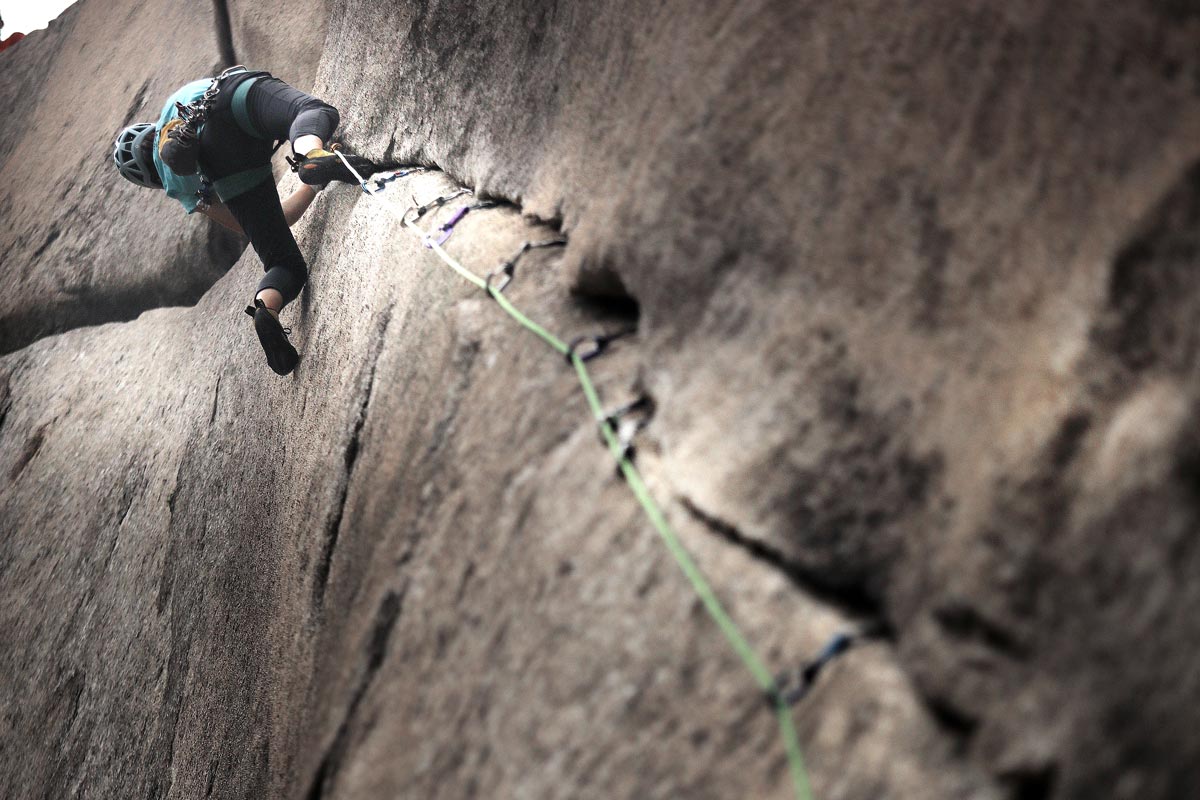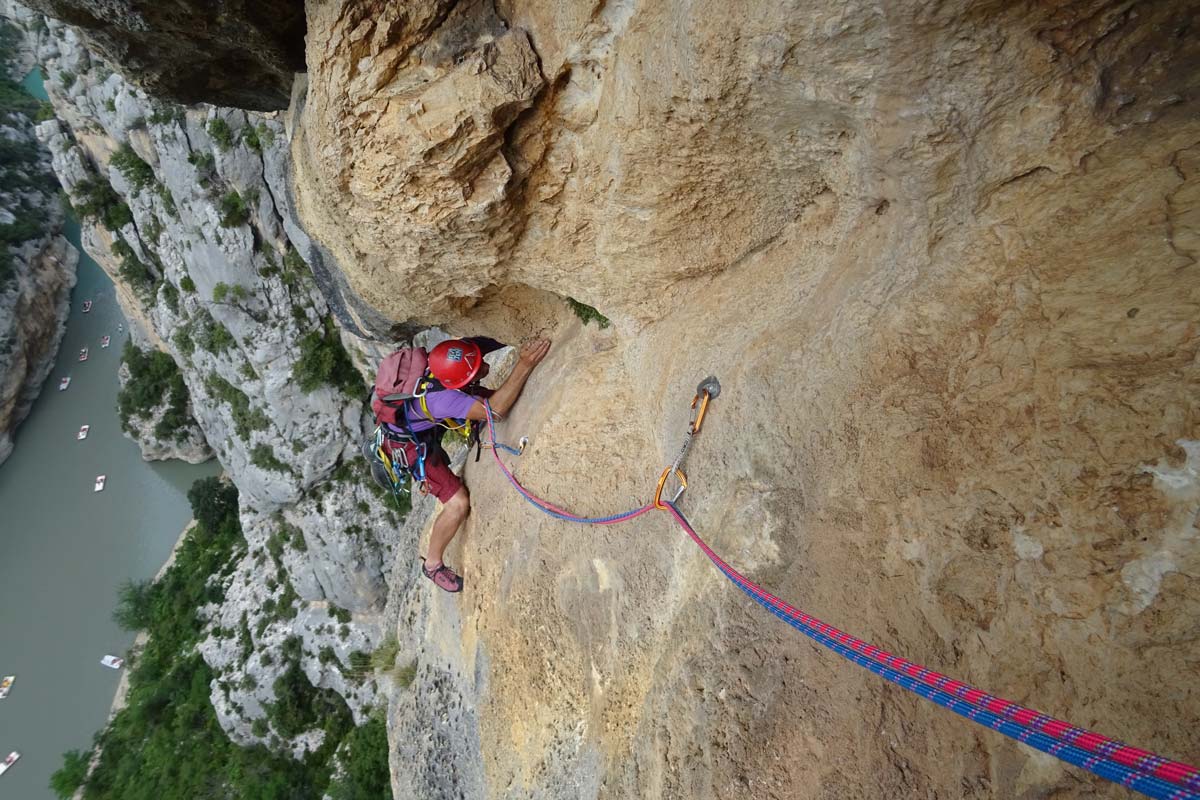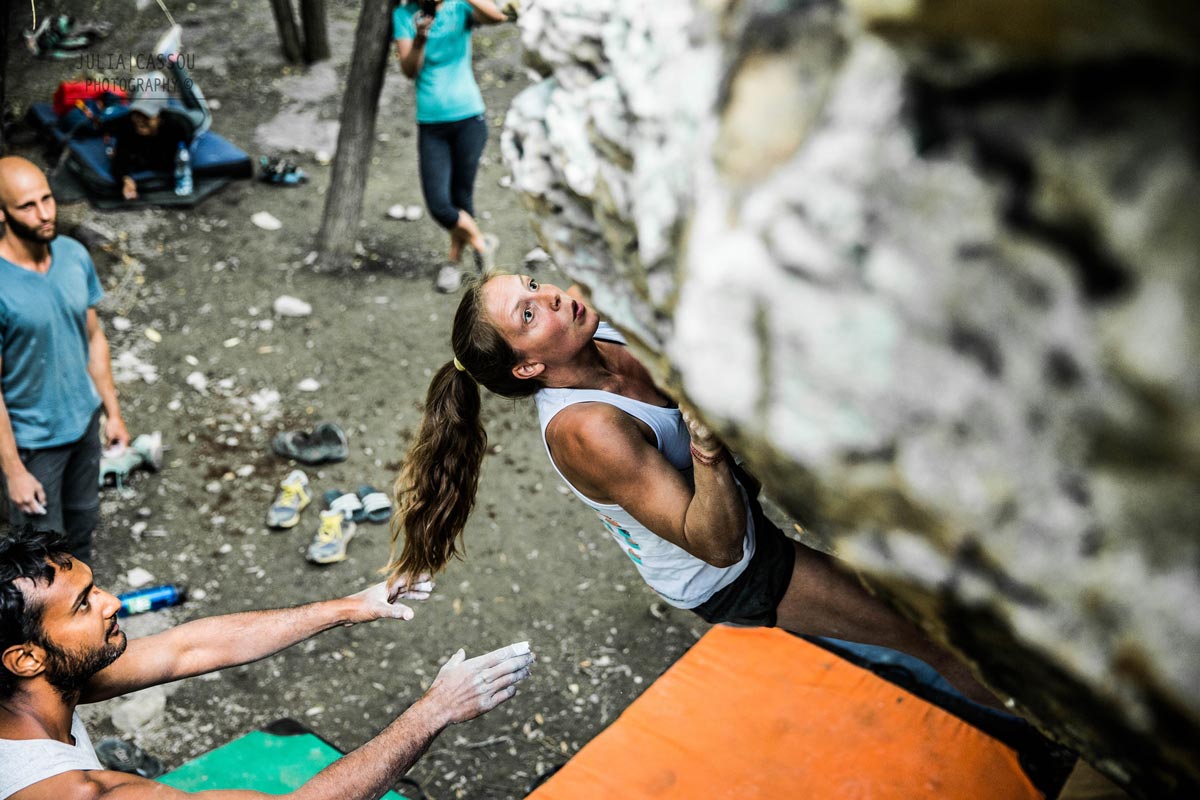The following guidelines refer principally to climbing equipment covered by the UIAA Safety Standards. This includes, but is not limited to braking devices, carabiners, crampons, crash pads, harnesses, helmets, ice tools, ropes and slings. The full list of Standards can be found here.
1. Conduct thorough research. Ensure the piece of gear you are buying is suited to the type of activity you intend to pursue. Read product reviews from independent sources.
2. Always read and heed the manufacturer’s warnings and instructions for use, inspection, maintenance, and retirement of equipment. For this latter point, when in doubt it is always best to replace the equipment. Information on product recalls can be found on the UIAA website.
3. Where possible, try before you buy. This is especially important on items where the fit will affect the item’s ability to protect the climber such as helmets and harnesses. Ill-fitting climbing gear can be dangerous.
4. Only purchase equipment bearing the UIAA Safety Label and/or CE label. This ensures it conforms to the most exacting of international standards. The UIAA Safety, or CE, label can usually be found engraved or stitched on a piece of gear or in the product description.
5. Avoid buying gear online except equipment from known and trusted brands and from a trusted manufacturer or reputable retailer. A dedicated UIAA and British Mountaineering Council (BMC) article examines the many perils of buying online.
6. Be wary of counterfeit products. To the untrained eye, a fake product may closely resemble the actual certified product. Seemingly certified products being sold at very low prices should signal a warning.
7. The UIAA does not endorse the use of second-hand/used climbing gear. The following items especially should not be acquired second-hand: harnesses, helmets and ropes.
8. Keep a record of your equipment purchases in a notebook or online. This ensures you always have a record of when you purchased equipment.
9. If you have any doubts over the validity of equipment, check it against the UIAA Certified Equipment Database. Likewise if you believe someone is using the UIAA Safety Label without authorisation you can send details to the UIAA who will add this product to its database of offending articles. A full list of manufacturers whose products bear the UIAA Safety Label can be found here.
10. Regarding PPE (Personal Protective Equipment) please note that this equipment has an ageing process and should be replaced according to the manufacturer’s guidelines. Please note that many retailers will not accept returns of PPE equipment after sale.
UIAA Safety Commission/April 2019



